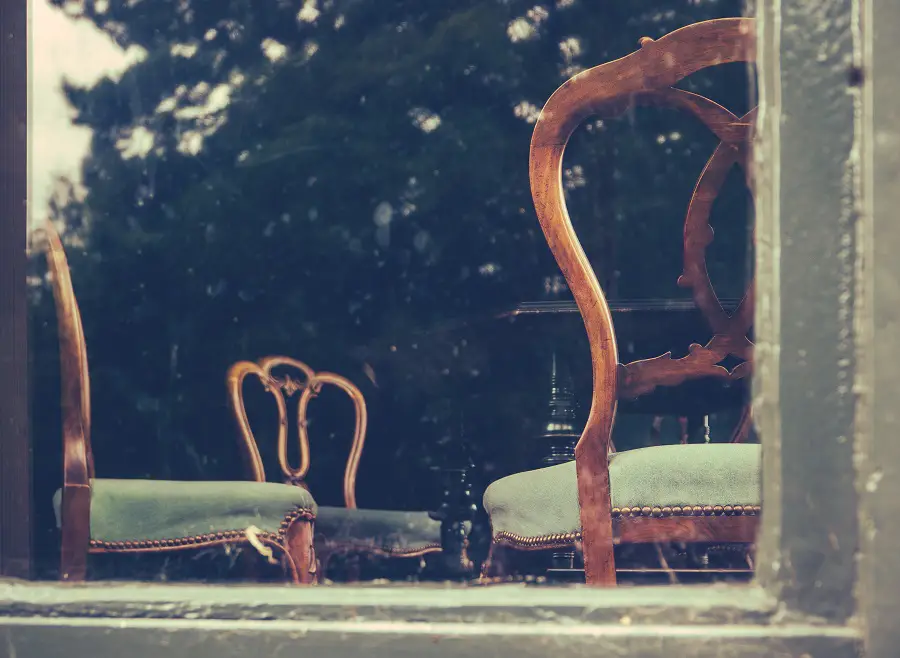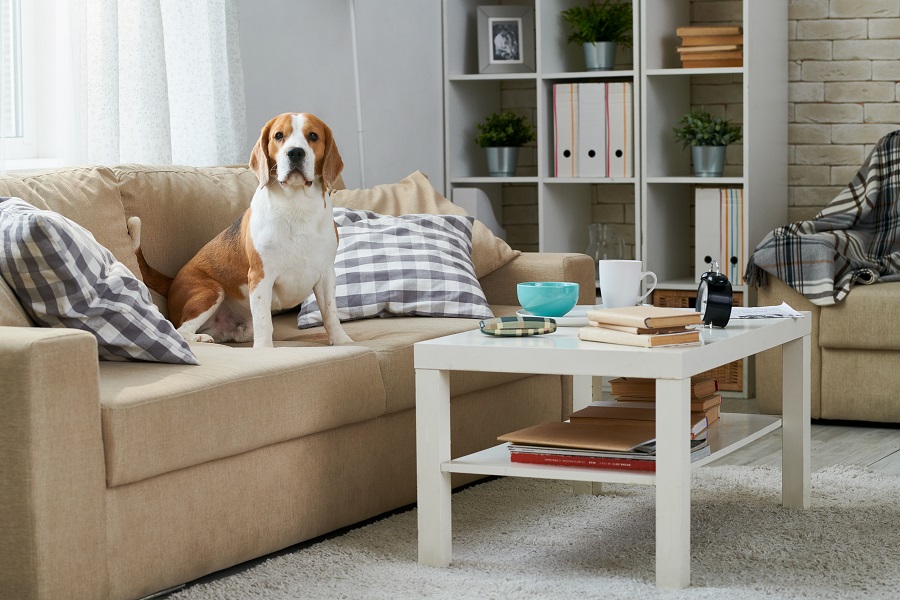The furniture comes into contact with things, objects or people, and it can borrow their odors or the odor of the space in which it is placed. Over time the odors mix and sometimes the result is quite unpleasant. It is even more unpleasant if the furniture changes use or ownership. For the new use or new owner, the smell can be so annoying that it can lead to it being abandoned. What should you do to avoid losing a piece of furniture that's still resistant? Here are some ideas.

How furniture can get unpleasant smells
Unpleasant smells in furniture can arise from a number of causes: the materials used in the manufacturing process, the way it is used, the way it is stored, long use, use in a non-aired, damp and odorous space. The type of finish or wood species also contributes to odor fixation. Thin coat finishes and wood with large pores make it easier for odors to take hold. Although there are absorbent materials that can be used successfully in many situations, it is difficult to find a universally valid method that can easily and simply freshen the odor of furniture.
The overpowering, lingering smell of new furniture comes from wood-based panels used in manufacturing or from the gluing and/or finishing materials. Not all new furniture has an odor. The cheaper the furniture, the stronger and more persistent the odor.
The odor of old furniture comes from using it in damp environments (musty smell), from pets, use in rooms where frequent smoking has taken place, storage of things with a specific odor (shoes) or from long use and storage in closed rooms. The odor gets into the pores of wood or upholstery fabric and lingers even if ordinary cleaning materials are used.
Removing odor from new furniture
If the furniture is made of low-quality kashered or melamine-faced chipboard, the odor released through the edges without the edge applied (drawers, pulleys - where the inner structure of the chipboard is visible) is very persistent and even dangerous for more sensitive people. The odor is given by the free formaldehyde coming out of the panel. With a good quality chipboard the smell is almost imperceptible and disappears in a few weeks. With poor quality it is very strong and you can smell it for years (when you open a drawer, for example). To avoid such a situation, when ordering furniture, ask for PAL with formaldehyde emission class E1 or E0.5 and the filling of all loose edges of the elements cut out of the original board. Learn more about formaldehyde here.
New furniture can also give off solvent odors. It's from the adhesives or finishing products used. Fortunately, lately, with factories mandating volatile organic compounds (VOCs)Organic solvent-based materials are increasingly being replaced by water-based materials.
Unfortunately, in both situations, there's not much you can do to get rid of the odor. The only method is airing. If possible, take the furniture outside or on a terrace for a while. It is best aired on sunny days with low humidity and low wind. If you can't take the furniture outside, keep the windows open as much as possible for the first few weeks after purchase and draft the room. In the house, emission is favored by high temperature and humidity so try to keep them under control. You can use a room humidometer to keep the humidity down.

Substances and techniques to help remove odor
To remove odors from used furniture use absorbent substances or which covers or neutralizes odors. But first of all, don't underestimate the properties water and soap. There are many who believe that furniture does not go well with them, that they can get damaged and that the lacquer will bleach and flake if it comes into contact with water. Not so! The water does not have to boil, but if cleaned with a soaked cloth and wrung out thoroughly, the furniture is not at risk. Then wipe all surfaces with a dry cloth for safety. A few drops of essential oils. The best results are obtained with lemon and peppermint oils because the remaining smell is very fresh. More information on cleaning old furniture here.
Sodium bicarbonate (baking powder) is a very good absorbent. You sprinkle it on smelly smelly sofas, leave it for a while and then vacuum. The operation can be repeated several times. Bicarbonate can also be put in drawers that have an odor. Put it in a bowl and leave for 1-2 weeks, after which it is freshened. After 1-2 months the odor disappears. Coffee - beans, ground or zaț, charcoal briquettes as is or wrapped in newspaper (classic, non-fluffy) are also used to absorb unpleasant odors from drawers or cupboards.
Vinegar and water solution, 1:8, sprayed on furniture, removes musty and tobacco smells. Bowls with white wine vinegar, put in the drawers, removes that specific stale smell. Water and ammonia solution removes smoke odor. Spraying with laundry bleach disinfects and removes musty and musty smells. You can do the same with vodka. Use a very cheap option (don't be sorry😉) because its disinfecting and deodorizing capabilities are important, which are the same no matter how you get it. Of course you can use alcohol or medicinal spirits, but spirits have the strong odor and alcohol is more expensive. Lemon juice helps to remove the odor of human or pet urine. Maintaining a fresh smell can also be done by spraying a 1:24 solution of olive oil with water.
Of the classic cleaning products, the most effective are those that remove pet odors.

The final solution
If you fail to freshen the odor of your furniture, the final solution would be after washing, sanding and ceruirea wooden parts. Sanding helps to remove the surface layer impregnated with unpleasant odors. The wax will lock in the remaining odors, give a pleasant look and fresh smell. Use ordinary furniture wax or beeswax mixed with linseed oil. Warm the wax slightly before application and mix with a few drops of lemon or essential oils of lemon and/or peppermint. After application, allow a few hours for the wax to soak into the wood and harden, then polish with a soft cotton cloth. The furniture will remain with a nice touch and smell fresh.
I hope you find the information useful and that it helps you to preserve or reuse old pieces of furniture. If you know of other ways to remove odors from old furniture, please share them with us. I am sure there will be many who will thank you.





































I would like to ask you some advice. what is the phone number where I can contact you?